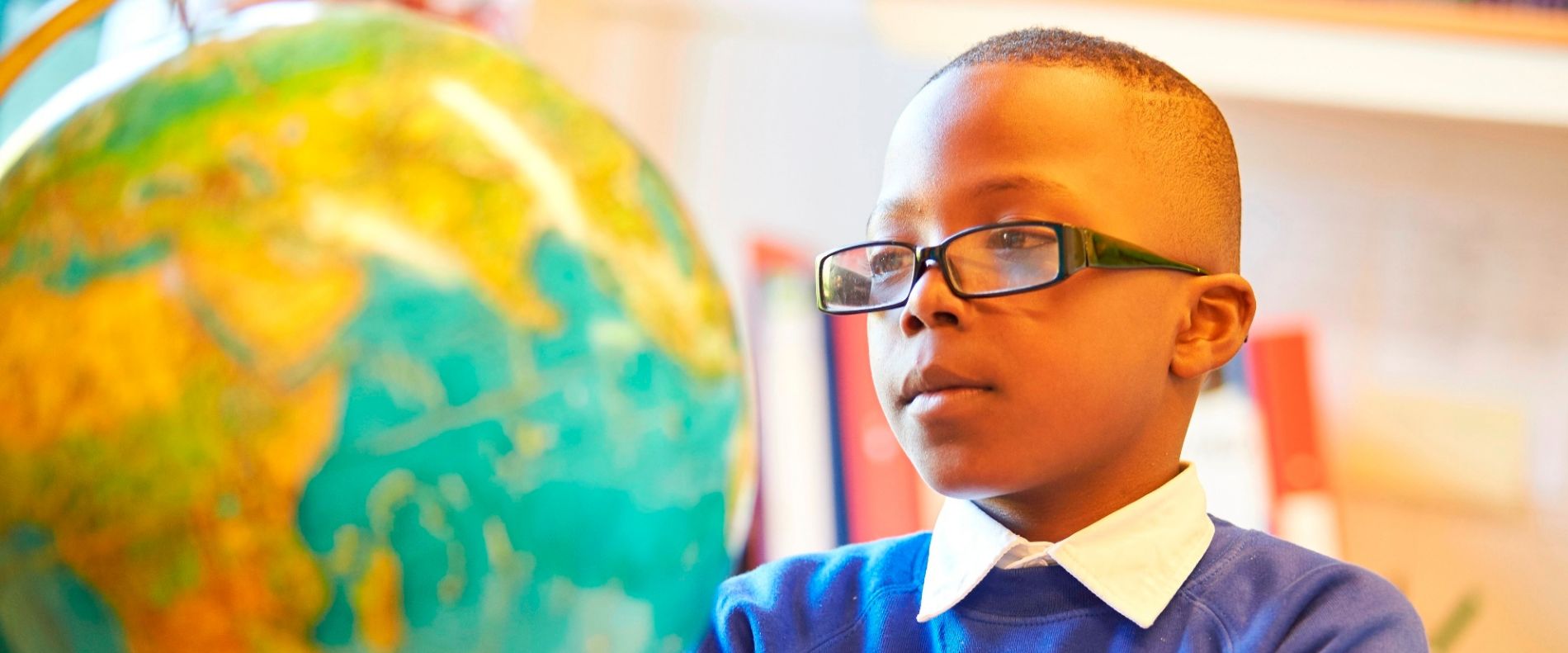What to do if you are worried about a child
Elmstead Wood Primary School is committed to safeguarding and promoting the wellbeing of all children and expects all staff, volunteers and visitors to share this commitment.
We are aware that child abuse can happen to all children regardless of gender, culture, religion, social background or disability.
If you become concerned about:
- Something a child says
- Marks, bruises, cuts or other physical injuries
- Changes in a child’s mood, demeanour or behaviour
Please inform the Designated Safeguarding Lead (DSL) or one of the members of the Safeguarding team.
If you feel a child may be at risk of harm but you are not sure then inform the DSL who will provide advice and take appropriate action.
Please complete a blue ‘Cause for Concern’ form and hand it to the DSL and ideally have a verbal conversation in the first instance. All concerns are retained in order to determine patterns and provide detailed information as well as evidence of action taken.
What do I do if a child discloses they are being harmed?
- React calmly—if possible, send another member of staff to inform a member of the Safeguarding Team
- Listen carefully to the child—especially what is said spontaneously
- Do not promise confidentiality. Explain to the child that you may need to pass on the information if you are worried about their wellbeing or safety
- Do not ask leading questions—you can ask clarifying questions or ask them to explain what they have said. Questioning children is a specialised role and incorrect questioning may compromise later investigations
- Reassure the child that they have ’done the right thing’
- As soon as possible, after the disclosure, record what the child has said in their own words, including date, time, place, how the account was given and other circumstances. Remember to sign the record and give to the DSL immediately.
Types of Harm
Everybody has a responsibility to keep all children under 18 safe. Harm can be identified in the following ways:
Physical
When a child is deliberately hurt or injured. This includes female genital mutilation. Any person who expects that a child has been subjected to FGM has a legal responsibility to report this to the Police and must also inform the DSL immediately.
Sexual
This is when a child is influenced or forced to take part in a sexual activity. This could be a physical activity or non physical e.g. being influenced, exposed to or made to look at an inappropriate image. This includes child sexual exploitation.
Emotional
This is when a child is made to feel frightened, worthless or unloved. It can occur through intimidation (e.g. shouting at), using threats or making fun of someone. It might also occur when children see their parents, families or visitors to the home, fighting, arguing or using other forms of violence.
Neglect
This is when a child is not being taken care of by their parents/carers. It can relate to poor hygiene, poor diet, not keeping appointments for health or additional needs, not coming to school or being left without supervision by a suitable adult.
Extremism and Radicalisation
The holding of extreme views which do not reflect British Values:
- Democracy
- The rule of law
- Individual liberty
- Mutual respect for and tolerance of those with different faiths and beliefs and for those without faith
Cyber
Where the internet is used to coerce, bully or exploit a child. Where children are allowed access to unsuitable images, references or articles.










